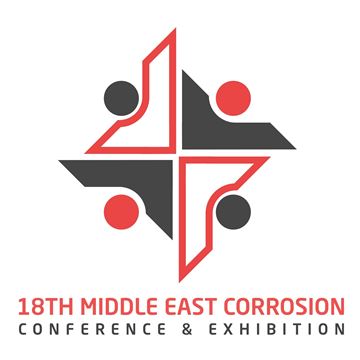Search
Products tagged with 'stainless steel'
View as
Sort by
Display
per page
Pitting Corrosion Damage Characterization of Stainless Steel Reinforced Concrete Beams
Product Number:
51324-21108-SG
Publication Date:
2024
$40.00
Premature Corrosion Attack of Stainless Steel Pipes and Welds
Product Number:
51324-20325-SG
Publication Date:
2024
$40.00
Probabilistic Evaluation of Baffle-Former Bolt Cracking in PWRs
Product Number:
51317--8857-SG
ISBN:
8857 2017 CP
Publication Date:
2017
$20.00
Proposed Crack Growth Rate Disposition Curves For Stress Corrosion Cracking Of Alloy 82 In BWR Environments
Product Number:
ED22-18350-SG
Publication Date:
2022
$20.00
Reduce OPEX and CAPEX in Refining Process Unit Fired Heaters Using Ceramic Coating Technology
Product Number:
MECC23-19920-SG
Publication Date:
2023
$20.00
Refinement Of Citric Acid Passivation Methods And Comparison To Traditional Nitric Acid Based Chemistries
Product Number:
51322-17628-SG
Publication Date:
2022
$20.00
Results and Relation to Deformation Mechanisms for SSRT Testing of Austenitic Stainless in Hydrogen Gas
Product Number:
51324-20659-SG
Publication Date:
2024
$40.00
Role of Grain Boundary Oxidation in Crack Initiation of Neutron-irradiated Stainless Steel
Product Number:
ED22-17333-SG
Publication Date:
2022
$20.00
RP0170-1985 - Protection of Austenitic Stainless Steel From Polythionic Acid Stress Corrosion Cracking During Shutdown of Refinery Equipment-HD1985
Product Number:
21002-HD1985
Publication Date:
1983
$179.00
RP0170-1993- Protection of Austenitic Stainless Steels and Other Austenitic Alloys from Polythionic Acid Stress Corrosion Cracking during Shutdown of Refinery Equipment-HD1993
Product Number:
21002-HD1993
Publication Date:
1993
$179.00
RP0199-HD1999-Installation of Stainless Chromium-Nickel Steel and Nickel-Alloy Roll-Bonded and Explosion-Bonded Clad Plate in Air Pollution Control Equipment-HD1999
Product Number:
21087-HD1999
ISBN:
1-57590-075-0
Publication Date:
1999
$179.00
RP0199-HD2004-Installation of Stainless Chromium-Nickel Steel and Nickel-Alloy Roll-Bonded and Explosion-Bonded Clad Plate in Air Pollution Control Equipment-HD2004
Product Number:
21087-HD2004
ISBN:
1-57590-075-0
Publication Date:
2004
$179.00












